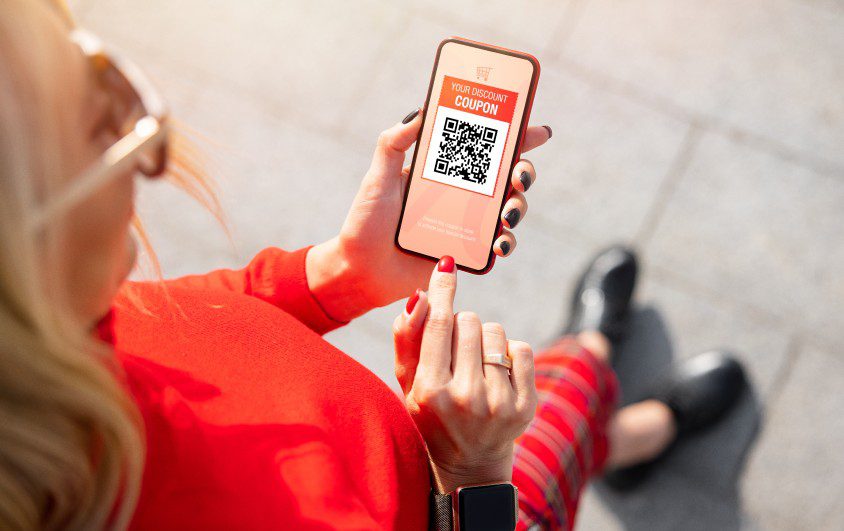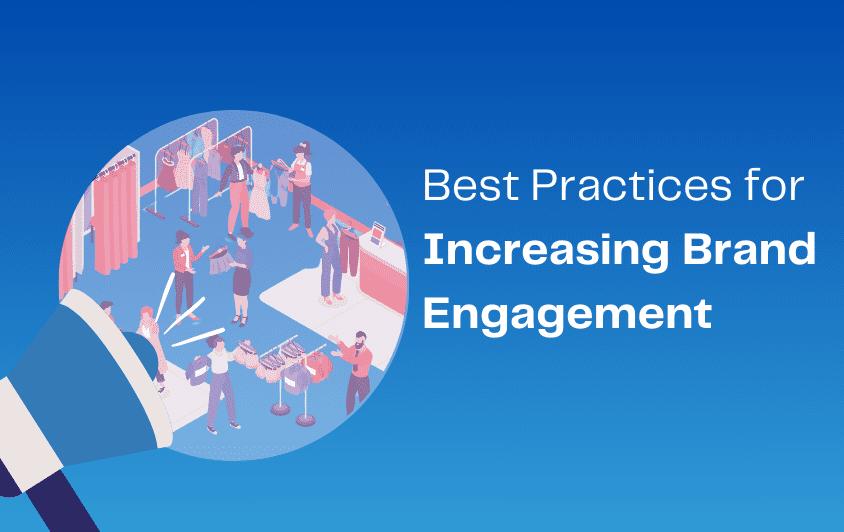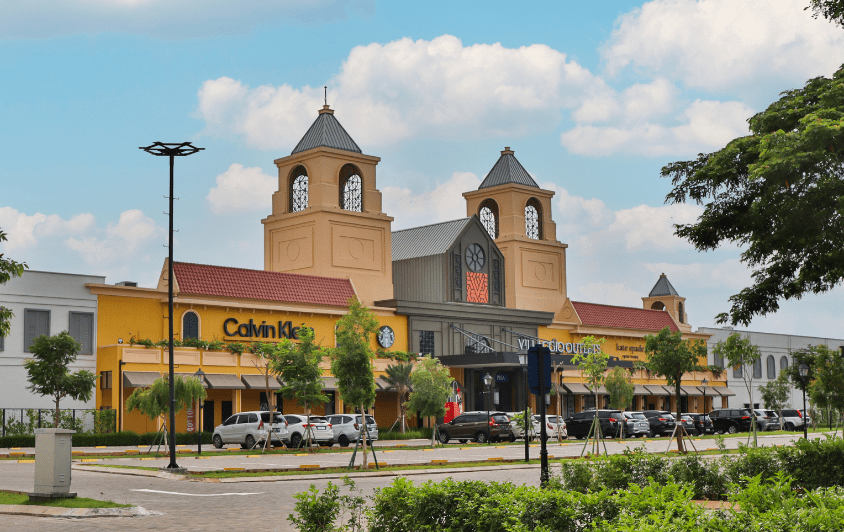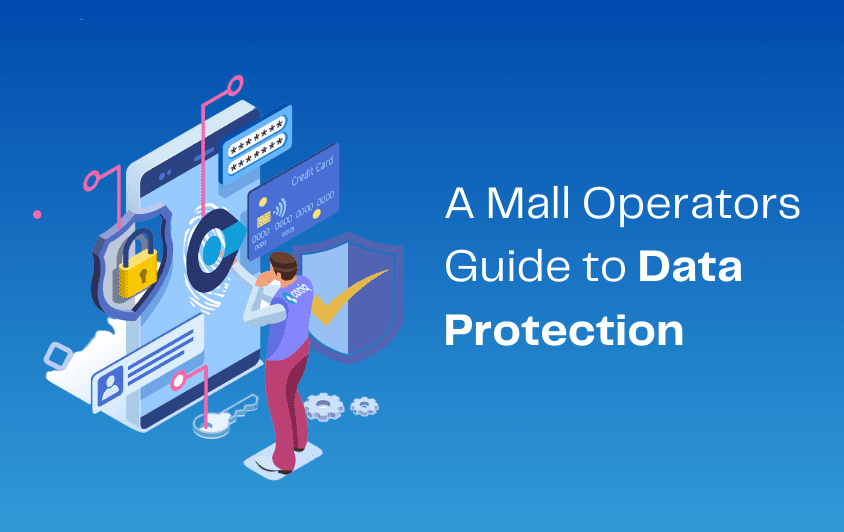Studies show that shopping malls that have a successful loyalty program grow their revenue 2.5x faster than their competitors, but the real challenge faced by mall operators is knowing how and when to implement them. In this article, we will guide you through the areas to consider when planning your loyalty proposition and outline the recommended steps to ensure you achieve the right loyalty program for your shopping mall.
Assess your shopping mall
The first step towards building an effective customer engagement strategy is to understand your current position and to define where you’d like to end up. The deeper you can dive into the details of these start and finish points, the better you’ll be able to plan each stepping stone that creates the journey in between. This stage is entirely focused on looking at the data you already have and gaining a solid understanding of the value you already offer your customers.
Evaluate your assets
Within this stage, you’ll need to take into account your physical parameters, such as the geographical location and size of your mall(s). These factors have a direct impact on your customer acquisition, engagement, and retention levels, which will help to determine the style of loyalty program that works for your destination.
Analyze the services and spaces that you have available. Some loyalty programs will incorporate rewards such as free valet parking, a VIP lounge area, and secure shopping storage or ‘hands-free’ shopping. This stage allows you to understand whether you are optimizing your facilities and what can be achieved based on your physicality.
It’s also important at this point that you have a look at what your competitors offer and how can you differentiate yourself.
Suggested questions:
- What surrounds our mall location(s)?
- How many retail units, food outlets, and entertainment spaces could offer ‘value’ to our customers through a loyalty program?
- How many other shopping destinations are nearby?
- Do our competitors have something attractive that we don’t?
Set your unique goals
Most businesses will have a number of financial and engagement objectives that they aim to meet each year. For a shopping mall, these metrics allow you to measure your own success, and identify key areas of improvement.
This can include:
- Overall footfall
- Total spend value
- Dwell time
- Customer acquisition
- Frequency of visit
Dive into what works well for your destination, understand what your customers already love about your mall, and how this could be optimized further. Are there areas that could be improved or that your competitors offer that you don’t? Once you have this information, you can begin tailoring your strategy to meet your unique goals.
What does your loyalty program look like
This step is all about understanding what your shoppers want. Taking into account the above factors, consider what your customers look for when they visit your shopping mall.
The best way to do this is by using customer data to learn about their pain points, preferences, and shopping habits. Understand how your customers are actually utilizing your mall and what kind of incentives they would most likely utilize.
Today’s customers desire convenience, accessibility, and unique experiences that incentivize them to shop in-store, rather than online. Therefore, your loyalty program must deliver seamless omnichannel experiences that meet the needs and expectations of your customers.
Equally, at this stage, you should also be looking at the type of program that would suit your customers, is it a simple earn-and-burn program where customers collect points for their purchases? Perhaps it’s a loyalty app with various different tiered reward levels? Consider whether your program will be paid or free for customers. Who will provide the rewards? Will tenants submit offers or will rewards be provided through the mall itself?
Most of all, think about what kind of technology you would need to implement the above.
Suggested questions:
- How do we define the success or failure of the program?
- How much information do we already have on our customers?
- What type of incentives would customers want to see in a loyalty program?
- How much budget do we have for implementation/outlay?
Review your customer data
Capturing and processing data is an integral part of any loyalty program. A robust CRM solution is a fundamental requirement when you are learning about your customers and an important factor when planning to launch a loyalty program.
At this stage, you need to analyze a number of data points to discover what you already know about your customer base and use this to work out what else you need to know!
Look at your current CRM system
Look at how you already communicate with your customers, what kind of data do you already have? First-party data is essential for understanding your customers and being able to deliver the levels of personalization your shoppers require. To learn more about first-party data read our whitepaper on building a database of ready-to-buy shoppers.
When implementing a loyalty program, it’s best practice to set up a comprehensive, organized database so that you have an expert handle on all of the customer data you hold. Loyalty programs are a great way to collect additional information on customer segments and collate this data in one, secure location.
Suggested questions:
- How do you currently communicate with your customer base? (ie. physical marketing, email or app notifications)
- Is your data complete and up to date?
- What kind of first-party data are you collecting?
- How are you storing the data you have?
- Is it optimized to make data-driven insights?
- Are you handling your data in line with compliance laws?
Remember that the data you choose to collect must be compliant. You’ll need explicit permission from the customer to use certain data and you’ll need to store that information securely.
Understand your shoppers
Most successful loyalty programs will use their customer data to understand and anticipate shopper behaviors. For example, if a customer frequently shops in one specific store, you can use this to determine their preferences and tailor your interactions with them based on this information.
Implementing an engagement solution that allows you to sort and visualize your data can be hugely beneficial, not just for mall operators but can add significant value for your retail tenants too. Utilizing data dashboards and reports simplifies data-driven decision-making and enables you to customize your engagement strategy while nurturing mall-tenant relationships.
Integrate the right technology
To launch and run a successful shopping mall loyalty program, you’ll most certainly need to integrate with one or more technologies. Choosing the right technology provider means you can often get multiple functionalities in one simple platform, helping you create seamless customer journeys that integrate with your existing system.
Technologies available on the market
There are multiple, often modular, options available that can bring extra value to a program.
Depending on your individual shopping mall’s capacity, needs, and customer expectations, technology integrations could include:
- Personalization – communications and offers directed by individual customer behaviors and preferences
- Bespoke app – offers a branded platform with your choice of content and functionality
- Geo-fences – tracks the movements of individual customers
- Receipt scanning – gives your customer another way to engage post-visit
- Gamification – encourages increased engagement with your program
- Physical scanners – facilitate a super simple customer journey
- Push notifications – communicate with customers in real-time
- Seamless omnichannel experiences – a multi-faceted approach making use of digital and physical touchpoints
It would be advisable to do some market research into how these technologies work and how they could elevate your customer experience.
Understanding what works for you
It’s worth remembering that customers crave more from their shopping experiences now than ever before. They expect you to know what they like and how to please them. The best bet for guaranteeing success and a good return on your investment is to ensure you have the appropriate tools and technologies in place to implement a successful strategy.
The ideal thing to do at this point is to get in contact with a loyalty provider to gain advice or request technology demos. Loyalty specialists, like Coniq, have years of expertise, with global insight into the market, and can advise you on best practices. They’ll be able to help you with further planning, integration, optimization, and management.






